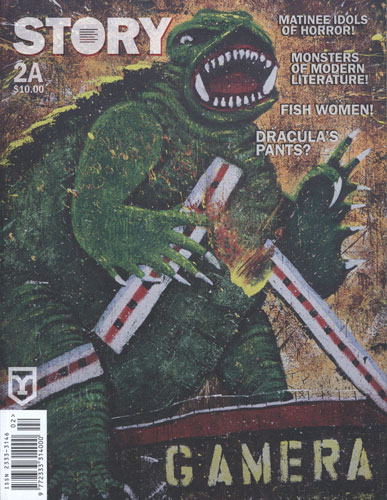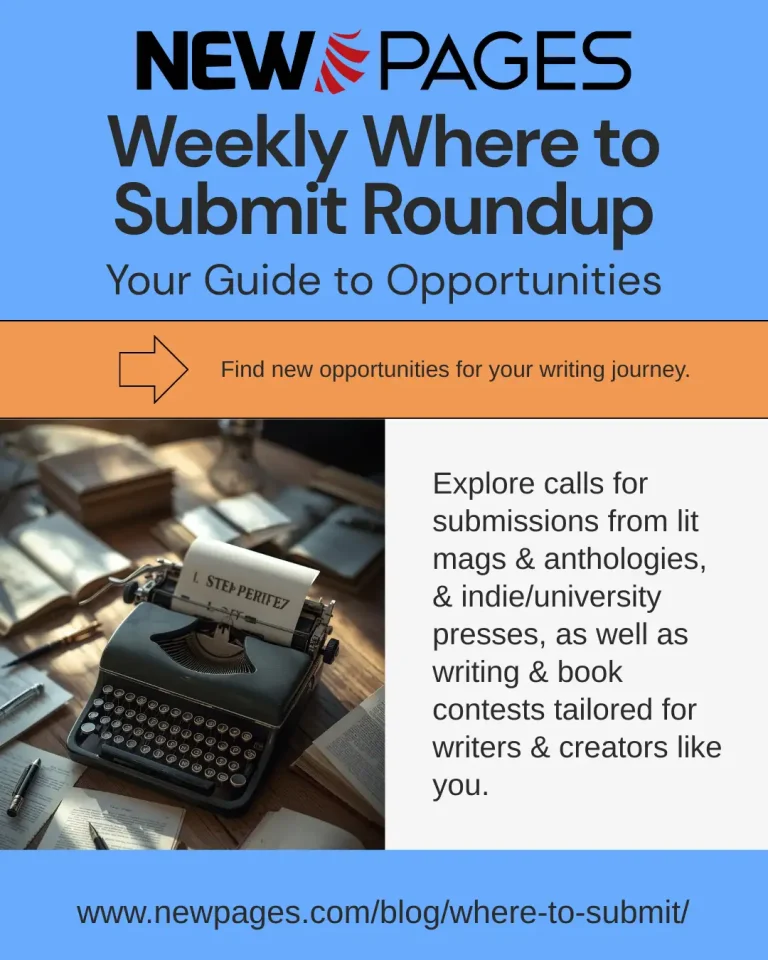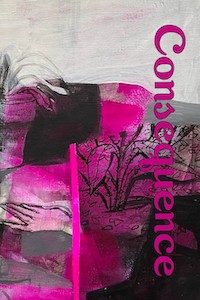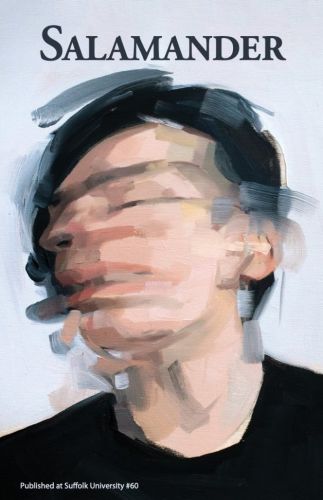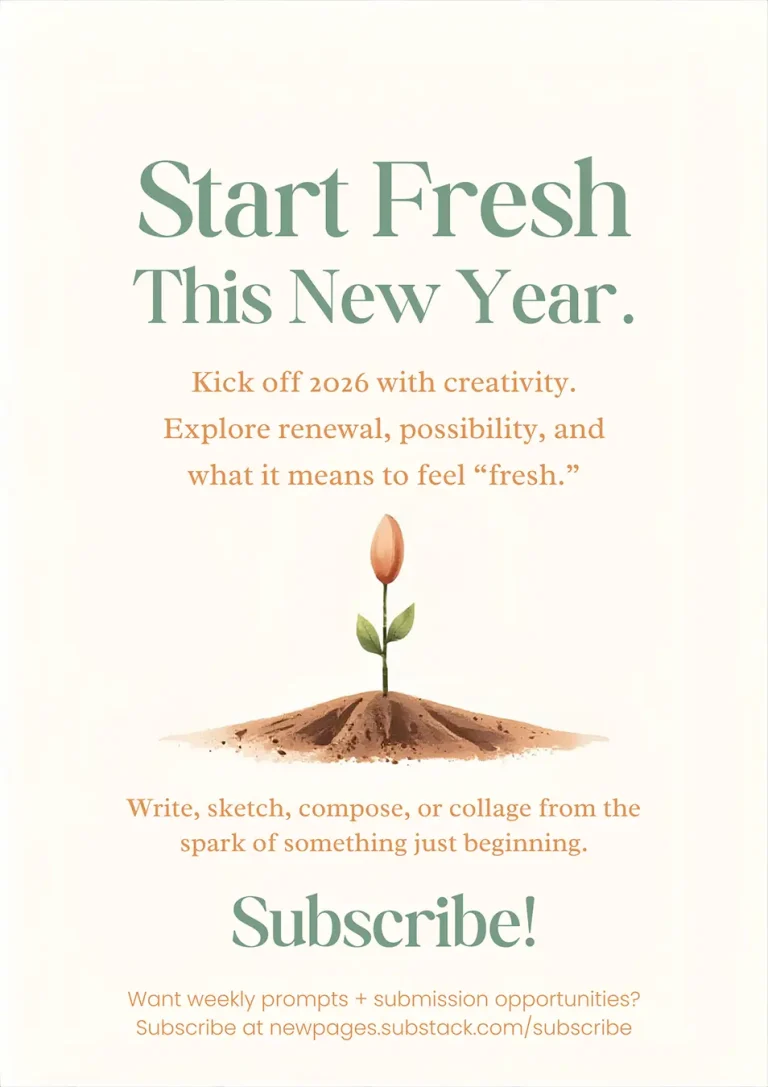Story publishes pieces following a particular theme, and the Monsters issue is as haunting as the title suggests. Stephen T. Asma writes in his essay, “Monsters and the Moral Imagination,” “Good monster stories can transmit moral truths to us by showing us examples of dignity and depravity without preaching or proselytizing.” The pieces chosen for this issue do exactly that, ranging from things that go bump in the night to memories that haunt individuals each day. Story publishes pieces following a particular theme, and the Monsters issue is as haunting as the title suggests. Stephen T. Asma writes in his essay, “Monsters and the Moral Imagination,” “Good monster stories can transmit moral truths to us by showing us examples of dignity and depravity without preaching or proselytizing.” The pieces chosen for this issue do exactly that, ranging from things that go bump in the night to memories that haunt individuals each day.
One way to identify and explore monsters is through conversation, which is precisely what Bennett Sims does in his all-dialogue story “Two Guys Watching Cujo on Mute.” The unnamed characters take on clear roles: storyteller and inquisitor. The storyteller shares with the inquisitor the story of a boy he knew who was terrified of dogs. The inquisitor asks questions that move the story naturally forward; the conversation shifts as the actions on the screen do, or as the men get sidetracked. Striking and memorable, the conversation dips in the philosophical understanding of fear as the storyteller offers insight to the fear of dogs: “You can domesticate your dog, train it as a puppy and give it a name, but somewhere deep inside there will always be this wild residuum. The part of your dog that’s not your dog. Hence the horror of rabies: rabies is what uncages that namelessness.” The story moves to the more intimate fears and regrets—a father who cannot properly care for his dog and a son who does little to help him—concludes in the only way a conversation during a movie can: switching to a new movie.
In her essay “Kissing the Monster,” Corinne Lee confronts the monstrosities she has faced in her own life with a clear, even voice. She begins by describing the colorful features of a Tastoane mask she owns. The masks are “worn by men who dance in an annual street parade that occurs in Tonala Mexico,” and “today’s masks have morphed into patchwork monsters with only rudimentary human features.” After her father’s death, Lee purchased several of these masks, and in her essay she explains the relationship between the Tastoane masks she collects and her father. She says:
The Tastoane mask shopping spree after my father’s death made easy sense to me, steeped for decades in facile interpretations of literary signs and symbols: I thought they represented my monstrous father, and that acquiring them—and staring them in the face—was my way of processing and owning not only the horrific things he did to me, but also his protracted and surreal disease.”
Lee guides the reader through processing and owning her life events, and concludes with the striking image of her kissing her favorite ceramic mask. “My mask is the most beautiful face I have ever seen.”
This issues also contains a portfolio of hybrid poetry edited by Allison Campbell. One included piece, “The last of the Mohicans” by Bianca Stone, has a full page painting paired with the poem. The speaker describes her thoughts in a movie theatre during a screening of The Last of the Mohicans, including disgust at kissing couples and memories of The Wizard of Oz. Finally, she focuses on a book she finds under her seat and how the book brings out uncertainty in her. Fitting with the issue’s theme, the painting depicts a horned human-like creature with another horned creature in his arms, hand on the neck in such a way it is not clear if he is about to kill the monster or carry him to safety. In dialogue bubbles, the creatures share a line from the accompanying poem: “I’m holding onto this incriminating book of my own terrorism feeling extremely low about it all.” Although monsters are not physically present in the poem, the visual component of the piece reflects how pressing thoughts can become monsters or demons coming to life in the mind.
This issue of Story is a rich collection of stories, essays, and poems that delve into horrors like a zombie apocalypse or monstrous human actions. The pieces do not read forced, as if meeting a prompt or assignment, but rather read straightforwardly, telling stories which so happen to include monsters. If future issues of Story contain pieces that fit together as naturally as those in this one, I foresee the magazine resting on treasured spaces of many readers’ shelves, including my own.
[www.storymagazine.org]

